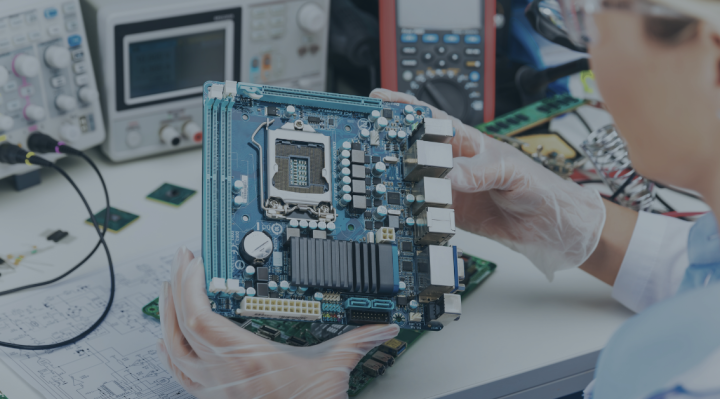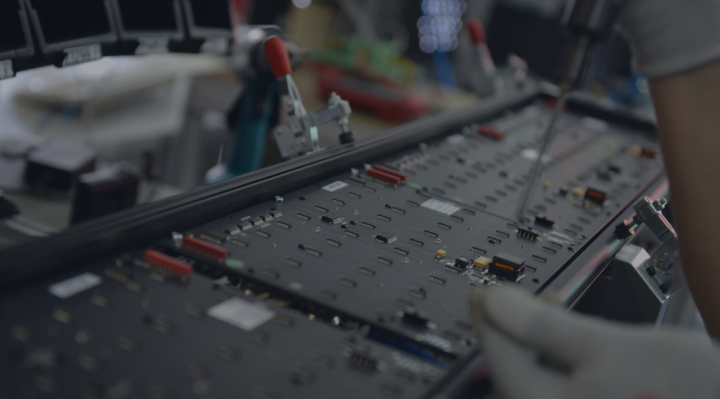In the ever-evolving landscape of the Electronics Manufacturing Services (EMS) industry, the concept of Value Engineering (VE) has emerged as an essential strategy for companies striving to augment their product's value while meticulously managing costs. This technique, rooted in a thorough analysis of a product's components and functionalities, aims to elevate the product's value by either improving its performance or reducing its manufacturing costs without compromising quality.
Defining Value Engineering
Value Engineering, at its core, is an organized method to optimize the product development process, emphasizing the 'value' – the ratio of function to cost. It is not only about reducing costs but enhancing the product's value proposition. In EMS, this could mean revising the design, materials, or manufacturing processes to boost efficiency, durability, or functionality.
Timing and Integration with Product Lifecycle
Integrating VE into the product lifecycle is crucial. Ideally, it should be applied during the initial design phase, as early-stage adjustments are less costly and easier to implement. However, it's a continuous process and can be revisited at various stages of the product's lifecycle, especially when transitioning to new technologies or in response to market shifts.
VE in Market Volatility
In times of market volatility, characterized by rapid changes in prices and availability of components, VE becomes more important. It allows companies to swiftly adapt their products to leverage market opportunities or mitigate risks. This agility is essential in the EMS industry, where technological advancements and consumer demands are in constant flux.
The Essence of VAVE Projects
Value Analysis and Value Engineering (VAVE) projects delve deep into each product element, scrutinizing their properties and contribution to the overall function. This analysis extends to:
• Component Selection: Examining if more cost-effective or technologically advanced options are available.
• Design Optimization: Redesigning components or assemblies for better performance or easier manufacturing.
• Manufacturing Processes: Identifying more efficient production methods that maintain quality while reducing costs.
Analyzing Product Elements
The elements under scrutiny in VAVE vary widely, from electronic components to PCB layouts, and even the software used in the product. Each element's influence on the product's overall functionality, cost, and performance is assessed, looking for optimization opportunities.
Project Complexity and Duration
The complexity of EMS projects can vary immensely, influencing the duration of a VAVE project. A more intricate product with numerous components and functionalities naturally demands a more extended period for thorough analysis and optimization.
Conclusion
Value Engineering in the EMS industry is not just a cost-cutting exercise; it's a strategic approach to enhance product value. Its timing and integration with the product lifecycle, relevance in market volatility, and depth of analysis in VAVE projects make it a critical tool for EMS providers. While the time frame for such projects can't be rigidly defined, the focus ought always be on quality and value, rather than rushing towards arbitrary cutoff dates.
In essence, Value Engineering is about striking the perfect balance between cost efficiency and value enhancement, ensuring that EMS providers remain competitive and innovative in a dynamic market.







